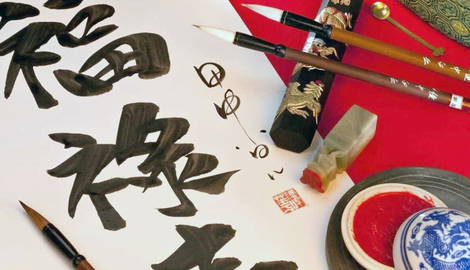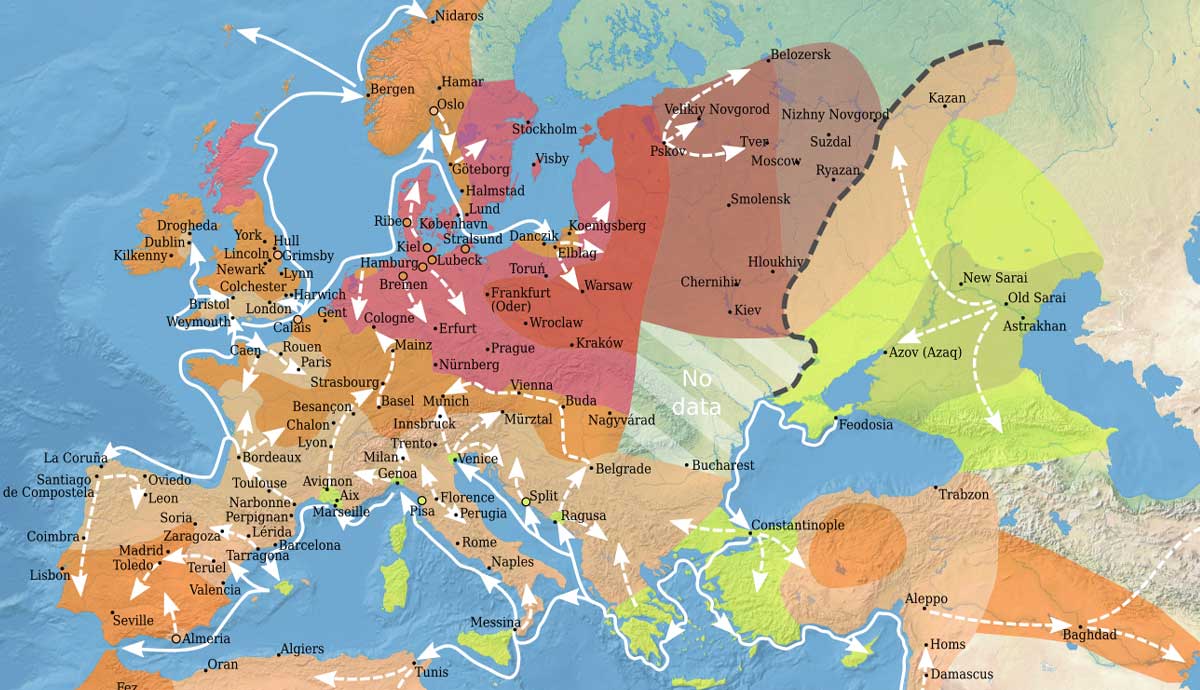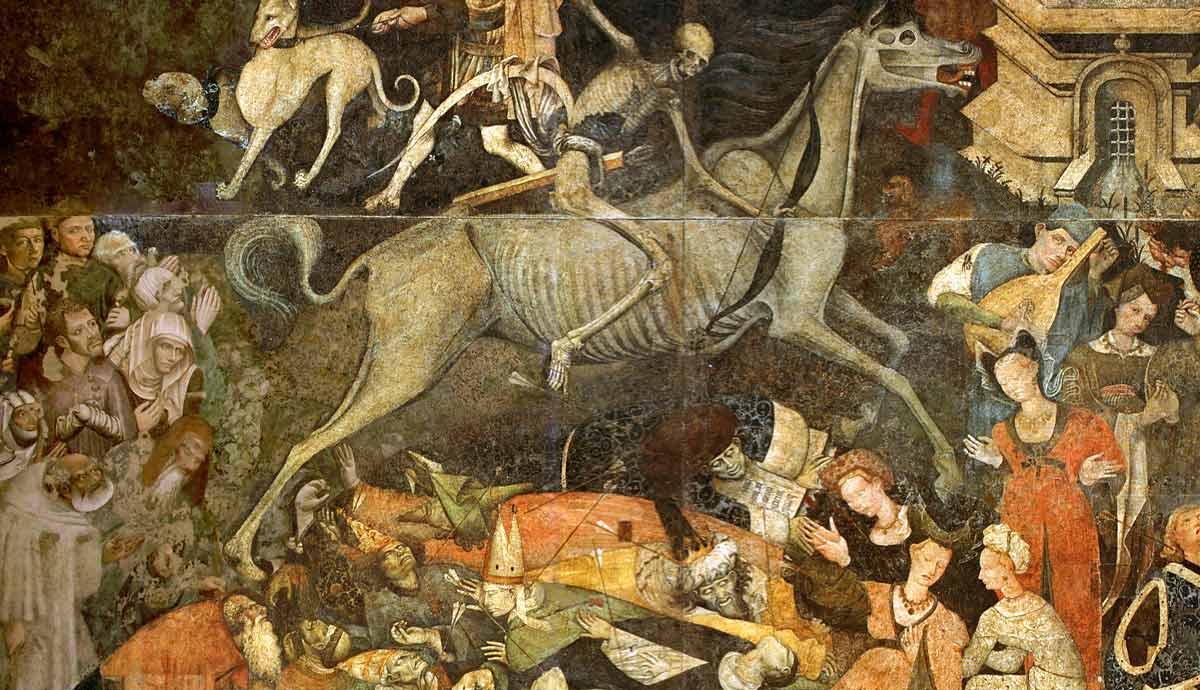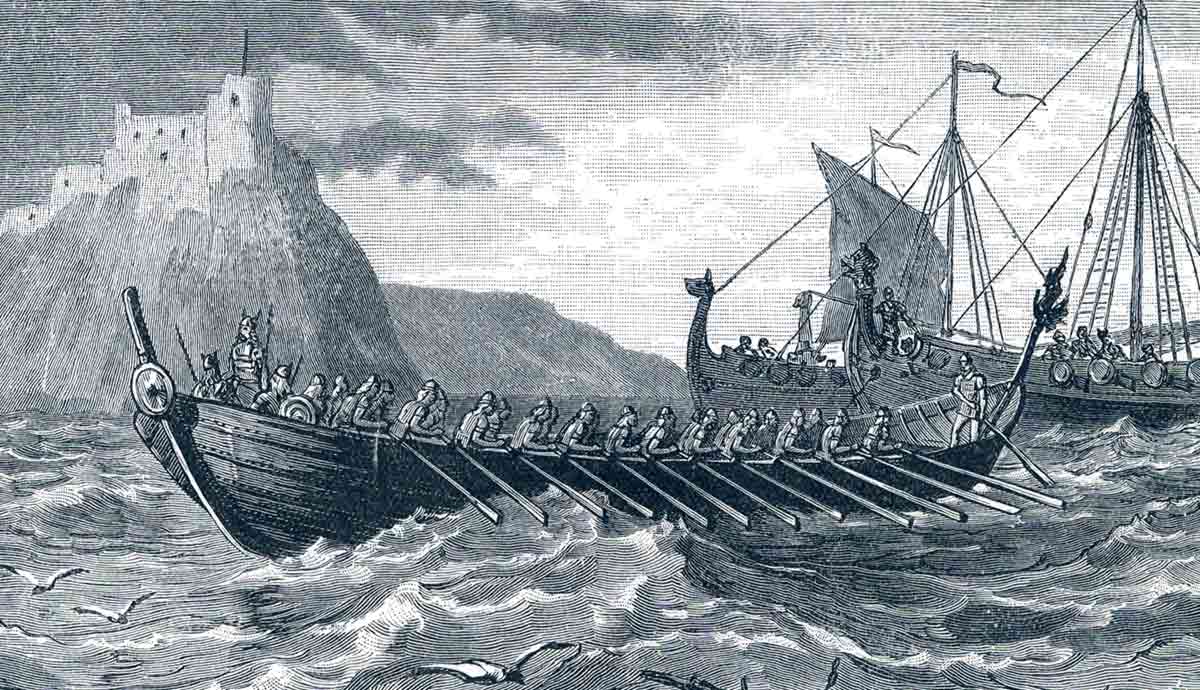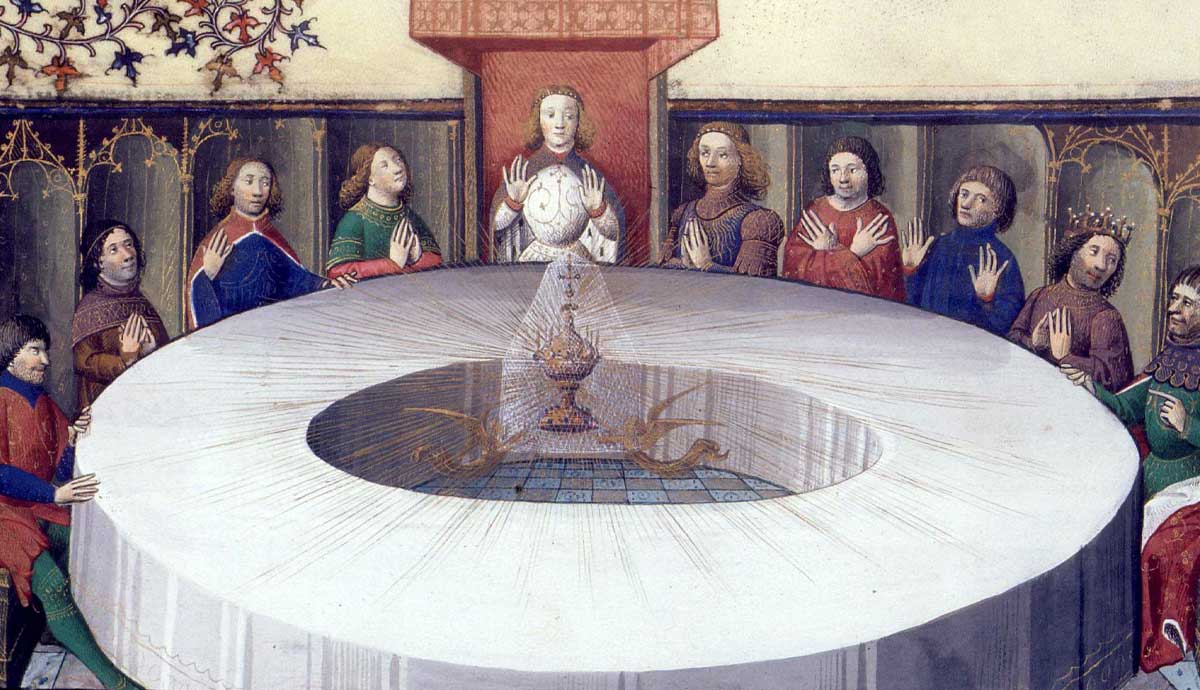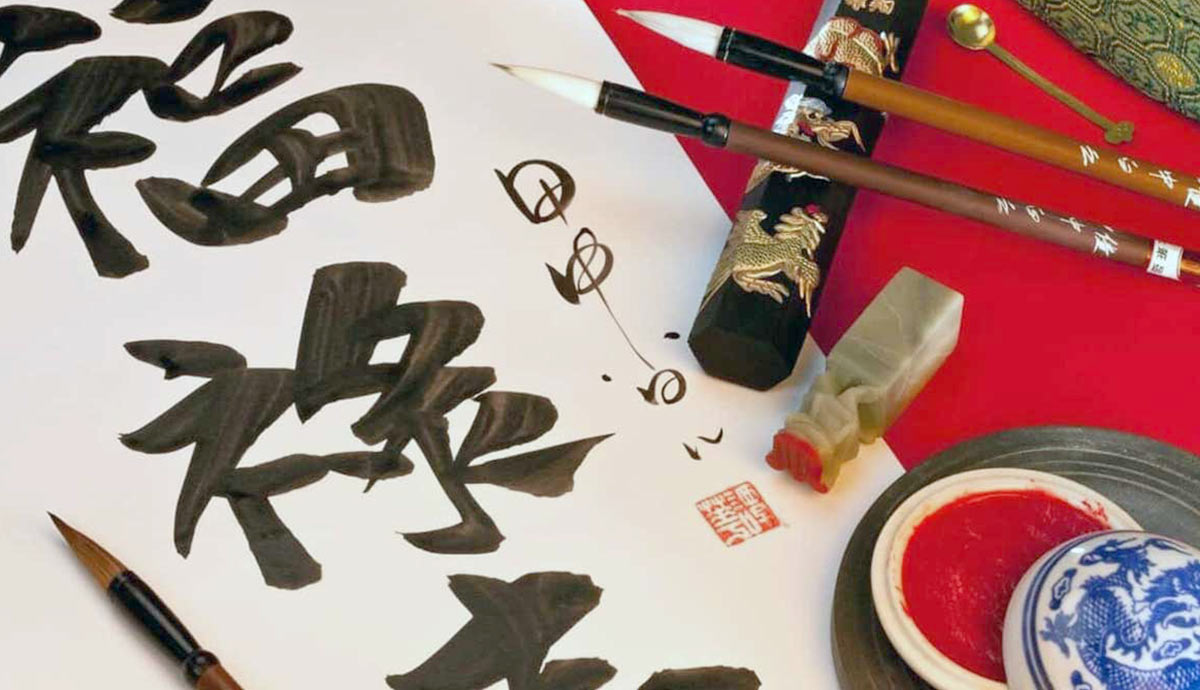
Western perceptions of Chinese calligraphy often focus on the skills used to make the artistic lines. However, an appreciation of skills alone does not take into account the traditions tied to it. For over two millennia, Chinese calligraphy was more than an art form. It was a discipline that was used to build character, express emotion, and to reveal the spirit of the writer.

In the art of calligraphy, the physical act of creating an artwork, including the movement of the brush and the posture is believed to be of equal importance as the finished work.
How Chinese Calligraphy Is Unique

The art’s unique characteristics are derived from its philosophical roots and based on two traditional concepts – Qi and Shen. Qi is the vital energy that flows through all things. Shen, on the other hand, is the spirit of the artist. It is believed that during calligraphy writing, the two unseen forces guide each brushstroke. The artist, as a result, conveys more than just words.

Calligraphy work is therefore believed to reveal the artist’s inner state, personality, and his or her harmony with the universe. A smooth hand suggested an artistic, creative mind, for example, while bold strokes indicated a strong character. The smooth, graceful style used by Wang Xizhi, the famous calligrapher and writer, was said to show his inner grace. In contrast, the bold script of General Yan Zhenqing was believed to portray honor, integrity, and strength.
When Did Chinese Calligraphy Begin?

The origins of the art can be traced to old texts from the Zhou dynasty. In that era, great philosophers, especially Taoist and Confucian thinkers, held that belief that writing could mirror a person’s harmony with nature. It could also be used to show self-control and moral worth. That core belief transformed calligraphy and allowed it to grow from a simple tool used to convey messages into an art form. The art form was called shufa.

While the spiritual value of the art was lauded early on, calligraphy fully matured during the Tang dynasty. Its technique and its meaning both reached a peak during the era. The period saw the perfection of the Four Treasures of the Study which were the essential tools namely, the brush, ink, paper, and inkstone. They remain the essential tools for most calligraphers today. By that time, calligraphy was not just a craft. It had been transformed into a spiritual practice. Calligraphy writers of the era sought to align their mind and motion with the natural world, a concept tied closely to Taoist ideas. The style of a script was used to reflect a writer’s emotions and self-control.
How Was Chinese Calligraphy Used to Match Different Moods?

Different styles were chosen to match different moods. To match a specific mood or message, a writer chose from different script styles. The cursive script or caoshu, for example, was used to convey spontaneity and strong emotion, for example. In contrast, the Regular or kaishu script was used to convey clarity and quiet composure. The form of the characters thus became a direct extension of the calligrapher’s inner state.
The link between spirit and script is also demonstrated in the famous work – the Preface to the Orchid Pavilion Gathering. The work was made by Wang Xizhi. He wrote it at a friendly gathering of poets. The joyful, wine-fueled mood could be felt in every stroke to express a graceful moment.

What truly sets Chinese calligraphy apart from ordinary script is its ties to meditation. It has deep roots in Taoist and Chan (Zen) Buddhist philosophies, especially those that allude to the concept of meditation in motion. For example, a single brushstroke, once made, cannot be changed. The rule reflects the Zen ideal to live in the present moment as each stroke becomes a record of the artist’s awareness and harmony at that exact moment.
In imperial China, brush strokes were used as an indicator of a person’s mind and moral value and the skill was a key part of the civil service exams. Success on the exams required deep knowledge of literature as well as a hand that wrote with grace and control.
What Are the Main Chinese Calligraphy Writing Styles?

Over many years, five great script styles emerged from the art form. The first style, the Seal Script, was a formal script for official seals. The Clerical Script, the Standard Script, the Running Script, and the Cursive Script followed. Each was used for different purposes ranging from educational purposes to expressing emotion.
That said, the art of calligraphy has a central place in Chinese culture. In 2009, UNESCO included Chinese calligraphy into the Representative List of the Intangible Cultural Heritage of Humanity. Today, museums around the world showcase Chinese calligraphy works as a form of high art. Its legacy also lives on in old poems and state records.
